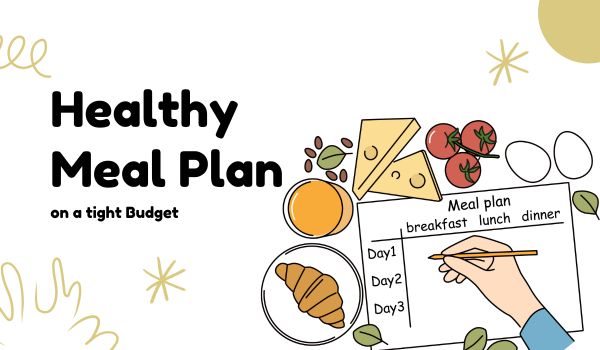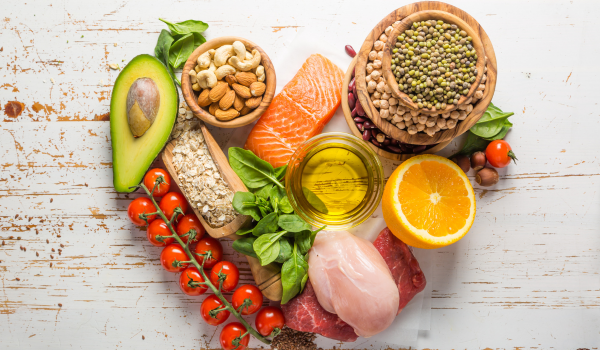.png)
Understanding Energy in Cooking
When talking about energy saving in cooking, most people immediately think of reducing stove time or choosing low-energy appliances. However, to truly save energy, we need to understand how energy is used and lost during the cooking process.
Energy loss often occurs in the following stages: initial heating, maintaining heat, and finishing the cooking process. By optimizing each stage, you can significantly reduce gas or electricity consumption, ultimately lowering your monthly bills.
Choosing the Right Cookware
The material and size of your heat-retaining pot directly affect cooking efficiency. A thick-bottomed pot with good heat retention keeps food hot longer, while a thin pot loses heat quickly.
Tips when choosing cookware:
-
Use pots that match your stove size to avoid wasting heat.
-
Prioritize stainless steel with 3-ply bases, cast iron, or ceramic for better heat retention.
-
Always use a lid when cooking to minimize heat loss.
Optimizing Preparation
Preparing ingredients before turning on the stove is a habit that can save a lot of energy. When everything is ready, you won’t have to keep the stove running while washing, cutting, or prepping ingredients.
Also, cutting ingredients into smaller pieces helps shorten cooking time. For example, diced potatoes cook twice as fast as whole ones, meaning you use only half the stove time.
Using Residual Heat Wisely
Many dishes continue to cook after you turn off the stove thanks to residual heat in the pot and food. You can apply this method to soups, stews, rice, or boiled vegetables.
For example: When boiling eggs, simply bring the water to a boil, turn off the stove, cover the pot, and let it sit for 8–10 minutes. The eggs will be perfectly cooked without additional energy use.
Applying Heat-Retention Cooking
One of the most effective energy-saving tips is using a Wonderbag cooking bag. This is a specially insulated cooking bag that allows food to continue cooking for hours without any extra gas or electricity.
How to use it:
-
Bring your food to a boil on the stove for a few minutes.
-
Place the pot into the Wonderbag heat-retention bag and seal it.
-
Wait for the food to cook through using stored heat.
This method can reduce energy consumption by up to 70% while preserving the taste and nutrition of your food.
Cooking Multiple Dishes at Once
If you already have the stove on, make the most of it by cooking multiple dishes simultaneously. For example, when baking, you can add a tray of vegetables to the oven to save energy.
With a gas or electric stove, you can simmer soup on one burner while boiling vegetables or cooking rice on another.
Smart Meal Planning
Planning meals in advance helps you avoid turning on the stove multiple times a day. You can cook in larger batches and store portions for later.
Some dishes, like soups, curries, or stews, actually taste better the next day as the flavors blend together. This not only saves time but also conserves energy.
Proper Food Storage
Keeping food at the right temperature reduces cooking time. Meat or fish that has been thawed before cooking will cook much faster compared to cooking straight from the freezer.
Proper storage also prevents food waste, which means fewer unnecessary cooking sessions.
Using Energy-Efficient Appliances
In addition to manual tips, you can use energy-efficient appliances like an electric pressure cooker, induction hob, or convection oven. These devices cook faster and use less energy than traditional stoves.
Conclusion
Saving energy in cooking not only helps lower your gas and electricity bills but also contributes to environmental protection. By applying the above tips, you can enjoy delicious meals while living greener and more economically.
.gif)

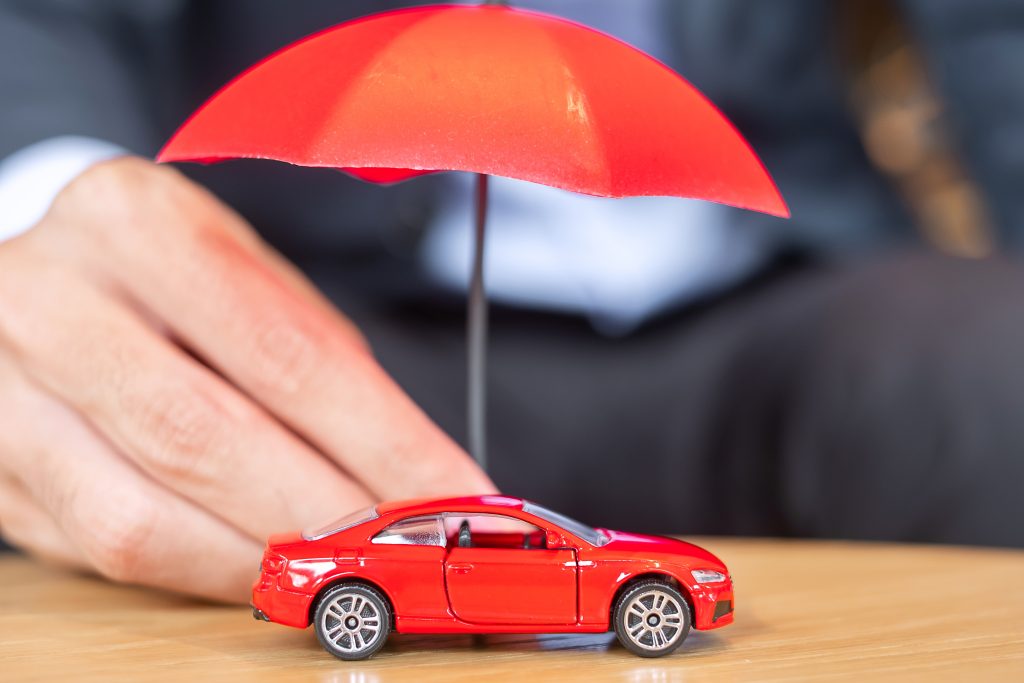
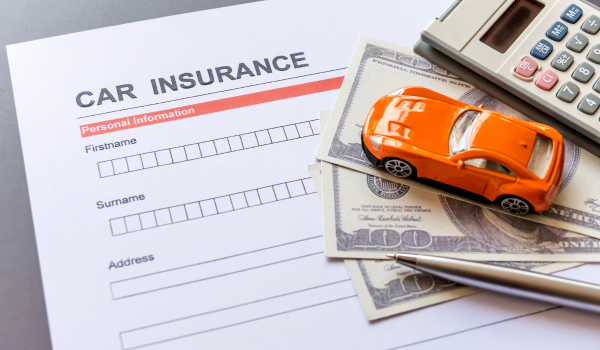


.png)
.png)
.png)

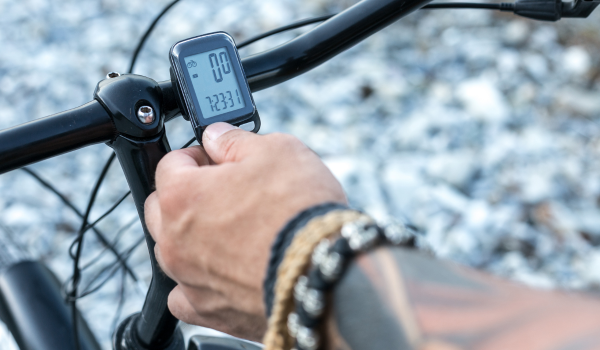




.png)
.png)
.png)
.png)
.png)
.png)
.png)
.png)



.png)


.jpg)





